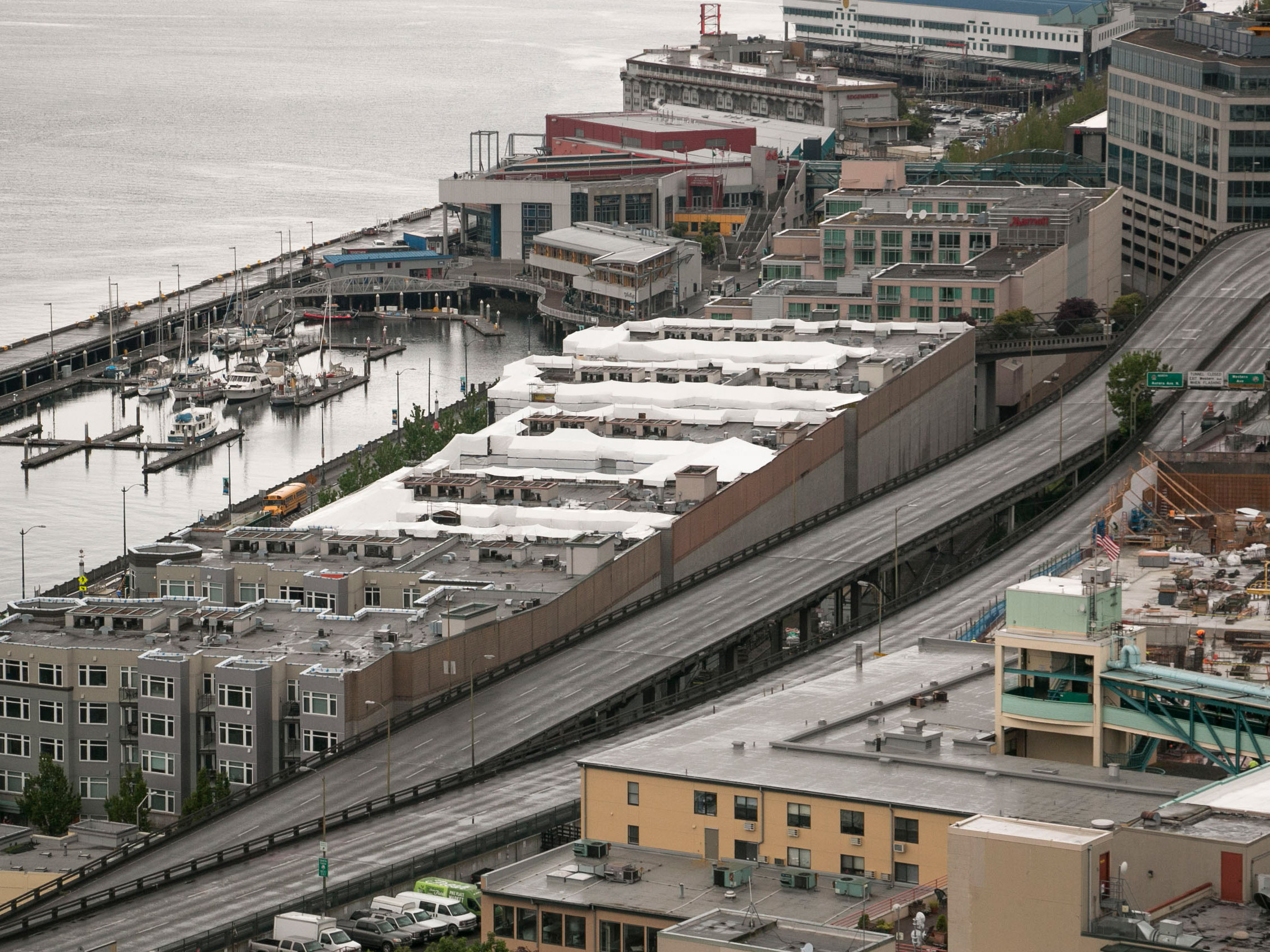News
Don’t Let Viaduct Demolition Derail Your Productivity
Posted on

The Alaskan Way Viaduct will soon close permanently. The last ramps and connections to the replacement tunnel, however, will not be complete for three additional weeks. During this period, tens of thousands of daily trips taken on Highway 99 must be diverted or condensed, particularly during peak travel times (6-9 a.m. and 4-7 p.m.)
If your company or organization does not yet have a plan for the three-week closure beginning Jan. 11, we invite you to contact our partner organization Commute Seattle at commuteseattle.com/sr99. Their transportation specialists will keep your company moving.
At DSA, our employees commute in from around the city and region. During the Viaduct closure, we’ve set a goal of reducing our peak-period commute trips by 25 percent. To keep rolling with fewer trips, we’re leveraging telework, compressed weeks, transit, biking, walking and carpooling.
The City of Seattle is also taking measures to keep downtown moving and businesses healthy during the closure and beyond by:
- Adding buses to the busiest routes.
- Reaching out to companies building major projects.
- Making transit station improvements to help you find your next ride.
- Adding new signal timing on key streets to improve transit speed and reduce conflicts between turning vehicles, pedestrians and buses.
- Distributing ORCA Opportunity cards to all Seattle high school students.
- Creating a digital platform for real-time traffic and construction updates across the region, as well as traffic forecasts for the work week.
- Providing real-time traffic monitoring 24/7 and social media updates.
- Adding off-board fare payment and all-door boarding on Third Avenue for all bus riders.
- Creating a new pathway for northbound buses on Fifth and Sixth avenues once the Downtown Seattle Transit Tunnel becomes light-rail only in spring 2019.
Seattle will soon have unobstructed access to Elliott Bay for the first time in 60 years. Instead of multiple levels of traffic bordering the city, we’ll enjoy parks, public spaces and recreation at the water’s edge. It is a generational investment.
But what comes next? After the Viaduct’s last concrete supports are pulled down and the tunnel opens, how will we support the continued vibrancy of the waterfront?
One thing is clear: long-term planning leads to long-term success. DSA was integral to the Viaduct replacement process, and now we’re engaging with the City, County, Sound Transit, the Port of Seattle and WSDOT on the next 20 years in the center of the city.
Imagine Greater Downtown is our strategic approach to the next iteration of development. We’re convening a diverse group of stakeholders to form a common vision of downtown, one we all can travel to and through, that encourages people to socialize, exercise and spend time outdoors and offers a walkable, pleasant and inviting experience.